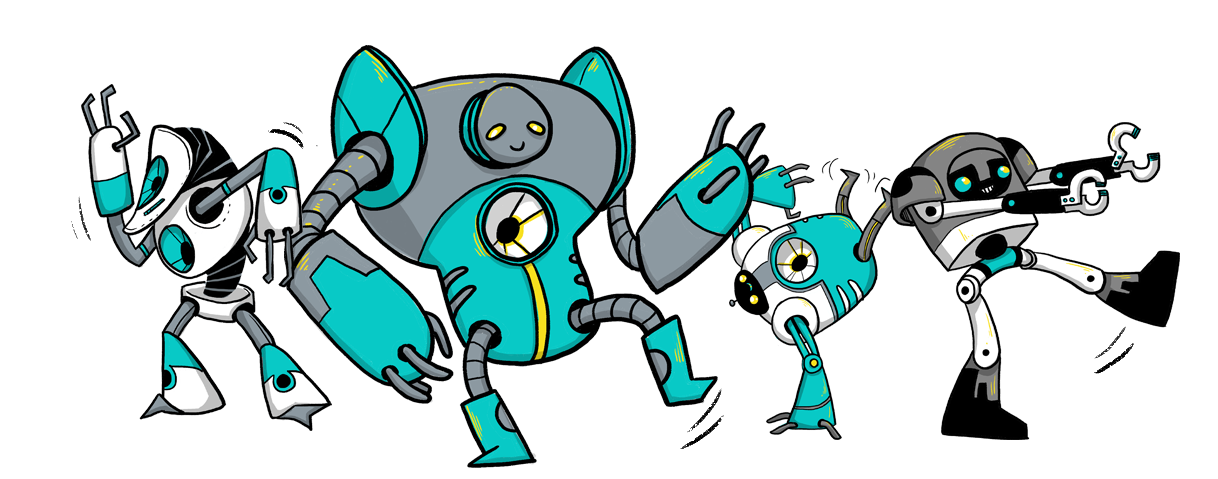tharp
v3.0.0
Published
Inverse Kinematic solvers and robot control, optimized for Johnny-Five
Downloads
54
Maintainers
Readme
tharp

Tharp is an inverse kinematics solver and robot manager designed to work with Johnny-Five. It makes the hard things easy. Check out this video highlighting Tharp's performance.
Installation
npm install tharpDocumentation
Tharp documentation can be found in the wiki.
Example
// This is a simple excerpt, illustrating the configuration
// of robot with two legs
var five = require("johnny-five"),
tharp = require("tharp");
var board = new five.Board().on("ready", function() {
/* === Begin robot configuration === */
// Tharp.Chain() wraps our actuators and adds properties
// that define the kinematic system. The "chainType" property defines
// the joint/link configuration.
var leftLeg = new tharp.Chain({
constructor: five.Servos,
chainType: "ZYY",
origin: [4.25, 0.15, 2.875],
links: [ 2.6, 7.6125, 10.4],
actuators: [
{pin:40, offset: 24, startAt: 0, range: [0, 90] },
{pin:39, offset: 87, startAt: 78, range: [-80, 78] },
{pin:38, offset: 165, invert: true, startAt: -140, range: [-160, -10] }
]
});
var rightLeg = new tharp.Chain({
constructor: five.Servos,
chainType: "ZYY",
origin: [-4.25, 0.15, 2.875],
links: [ 2.6, 7.6125, 10.4],
actuators: [
{pin:27, offset: -31, startAt: 180, range: [90, 180] },
{pin:26, offset: -77, startAt: 102, range: [110, 260] },
{pin:25, offset: -176, invert: true, startAt: 320, range: [180, 340]}
]
});
// Robot() wraps our chains, gives us a place to orient the
// robot chassis and ensures that all chains can be rendered
// before rendering the entire robot movement
var robot = new tharp.Robot({
chains: [rightLeg, leftLeg]
});
/* === End robot configuration === */
// Now we can orient the chassis
robot.orientation({ pitch: 0.1, roll: -0.08, yaw: -0.13 });
robot.offset([ 1, -1, -0.2 ]);
// And position our end effectors
rightLegChain.solve({position: [8.25, 2.5, -5.0]});
leftLegChain.solve({position: [-8.25, -2.25, -5.0]});
// Move everything
robot.render();
});
Breaking Changes
- 1.0.0 Swapped Y and Z axes to better match best practices. Renamed "CoxaY-FemurZ-TibiaZ" chain type to "ZYY".
- 2.0.0 Changes
segmentsto an array since part names are arbitrary. One person's "coxa" is another person's "hip" and then another person's "shoulder". - 3.0.0 Changes
segmentstolinksto reflect the proper name.
